A once-in-a-generation chance for the Flathead River
You have an opportunity to protect what matters to you, to share concerns and help craft solutions that will benefit the rivers you love and enhance your enjoyment of them for the future.
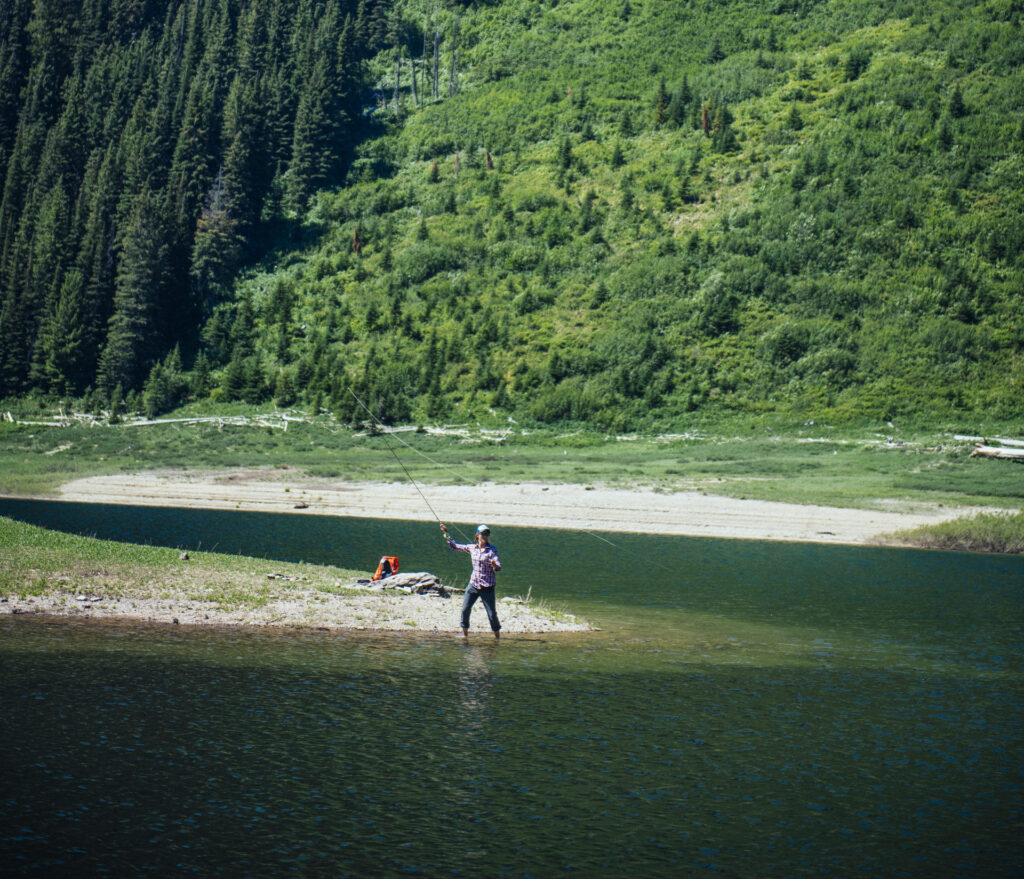
I sneak into the back of a crowded lecture room at Flathead Valley Community College in Kalispell, MT. I’m about two minutes late (as usual) and hoping that everyone is too fixated on the facilitator and first slide of the evening’s power point presentation to notice my tardiness. Fat chance. In the time it takes me to find a seat, I’ve already met eyes with about a half dozen folks I’ve come to know so well over the last few years. A couple of raft company owners, fishing guides and outfitters, other conservation colleagues, riverside landowners and friends alike, all shoot me warm smiles and nods of hello from their places in the room. I am late, but I belong here.
I’ve been conducting outreach in the Flathead Valley for the past five years, building relationships between American Rivers and local businesses, conservation organizations, and every interested stakeholder in between. These relationships have helped me understand just why folks love the three forks of the Flathead River, and what exactly Wild and Scenic designation has meant to their lives. This understanding is helpful for me as I can continue to build support for new Wild and Scenic River protection in the Crown of the Continent and elsewhere in Montana. That work aside, the Flathead National Forest has been working to update its Comprehensive River Management Plan (CRMP) for the three forks of the Flathead River (the North, Middle and South forks) that were designated as Montana’s first Wild and Scenic rivers back in 1976.
Before your eyes glaze over, hang with me for a minute.
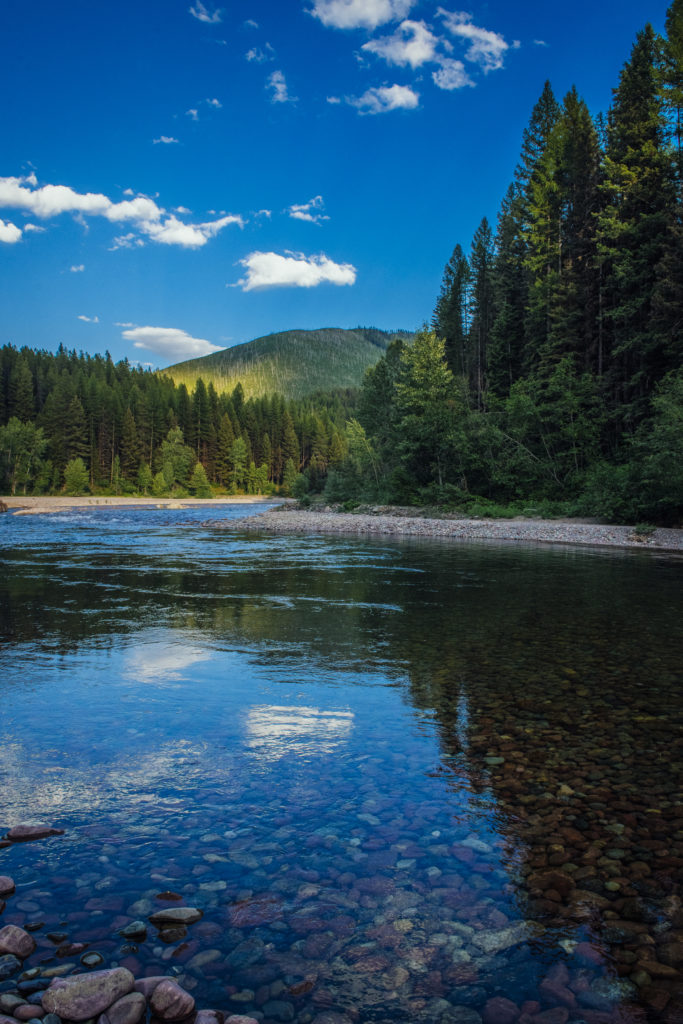
One of the many benefits of federal Wild & Scenic River designation is that following designation, a CRMP must be written to identify all of the Outstandingly Remarkable Values (ORVs) of that river or rivers, as well as specific management recommendations that will ensure those ORVs are maintained for future generations. Development of CRMPs is the responsibility of the federal agency that manages the land through which Wild and Scenic rivers flow. In the case of the three forks of the Flathead, both the Flathead National Forest and Glacier National Park manage the land within these river corridors. When the three forks of the Flathead were originally designated, CRMPs were not a requirement. It wasn’t until an amendment was made to the Wild and Scenic Rivers Act in the late 1980s that CRMPs were required. The existing CRMP for the three forks of the Flathead was written more than two decades ago, so an update to the plan is long overdue.
It’s break time at the meeting and I get up to stretch my legs and give a proper hello to my Flathead friends. Enthusiastic hugs are exchanged between some folks I haven’t seen for months and some I just saw last month. We talk about our summer plans, river trips we are going to take, and how we think the meeting is going. Everyone is generally pleased with the chance to be here and participate. And this is why the CRMP is so important and should matter to you. These planning processes happen but once in a generation, and as your elders will tell you, not many places are the same as they used to be. The whole point of a CRMP is to monitor and plan for change, to develop thresholds and triggers for the things we care about most, whether that’s scenery, fisheries, water quality or recreation. Each of these river values is identified and dissected in the CRMP. Over the course of 2018, the Flathead National Forest and Glacier National Park hosted a series of public meetings to solicit input and feedback from the public. This “scoping” process is an agency term for gauging concerns and interests from stakeholders, and is a legally required component of plan development.
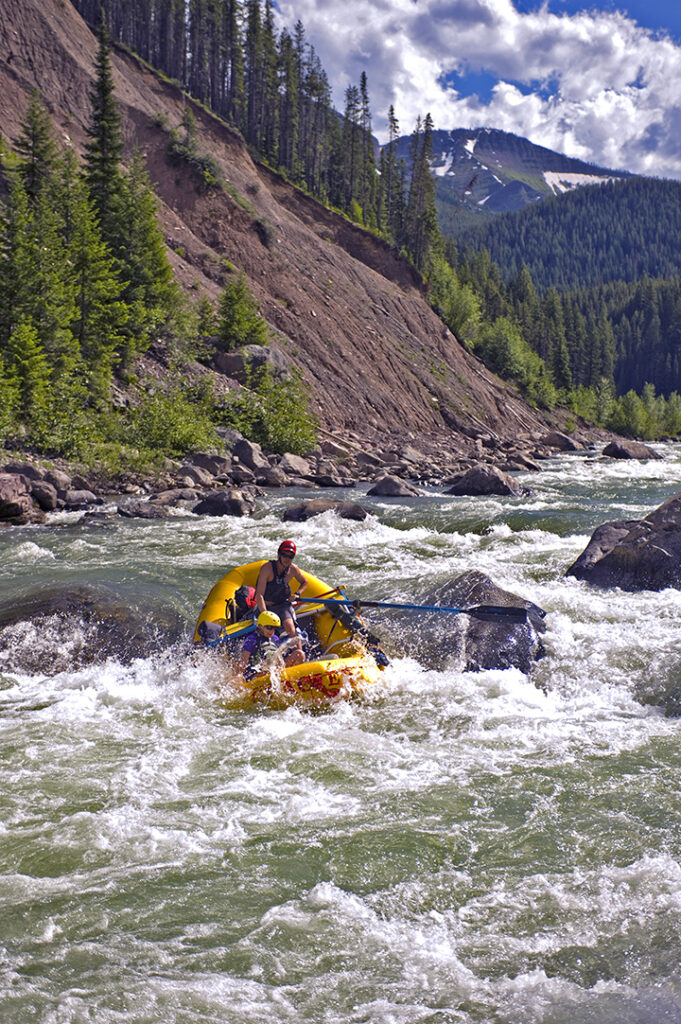
After a year and a half of public meetings, the Forest Service and Park Service released their “Proposed Action” or draft plan for the three forks of the Flathead in July. As an American Rivers staffer and someone who holds the three forks near and dear, the draft felt incomplete. For the abundance of ORVs that exist on the three forks, most were addressed only superficially, and some not at all. Potential future threats and management actions were not identified. We expressed many of these concerns in our American Rivers Northern Rockies office comments to the Forest Service last week. And I’m pleased to say that many of my friends and colleagues in the Flathead submitted comments as well, citing similar omissions.
I have never written a CRMP before, so I can only imagine what a daunting task it must be for the federal agencies. But after the years I have spent in the Flathead valley getting to know the rivers and people that make it so special, I believe there is just the right combination of community support and bright minds at the helm to ensure that a truly comprehensive and forward thinking plan is created.
At the end of the meeting, I say my goodbyes and shake hands with our agency friends, thanking them for holding this process and listening to us. In an administration that has proven to care little about protecting our natural heritage on the national stage, it’s comforting to know that the river managers in the Flathead care a whole lot.
If you have the chance to participate in a CRMP process, I hope you do. It’s democracy at work, and your chance to be a part of something that will live on long after you do. If you haven’t yet weighed in the three forks of the Flathead planning process and would like to, it’s not too late. Sign up for alerts to get the latest news and notices of future meetings. The CRMP is still in the draft phase, and while we at American Rivers believe that it needs to be bolstered considerably, it can’t fall just to the agencies to make that happen. Let’s all do what we can to create a plan that we can all be proud of so when it’s the next generation’s turn to update it, they have the chance to protect the same river values that exist on the Wild and Scenic three forks today.
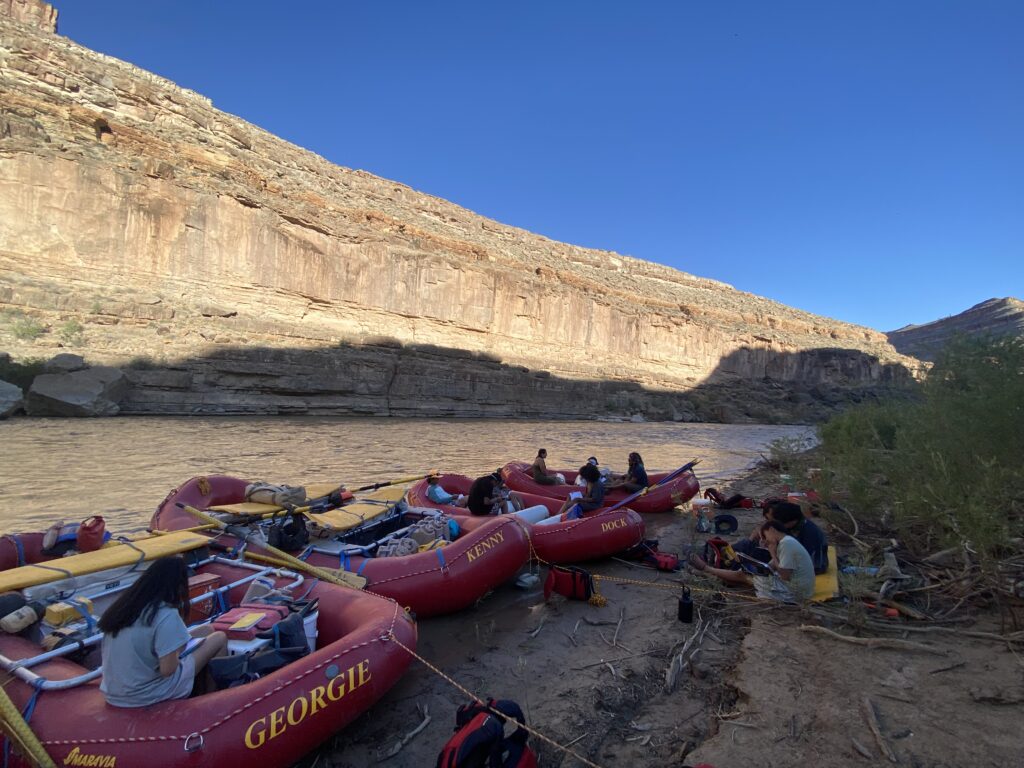
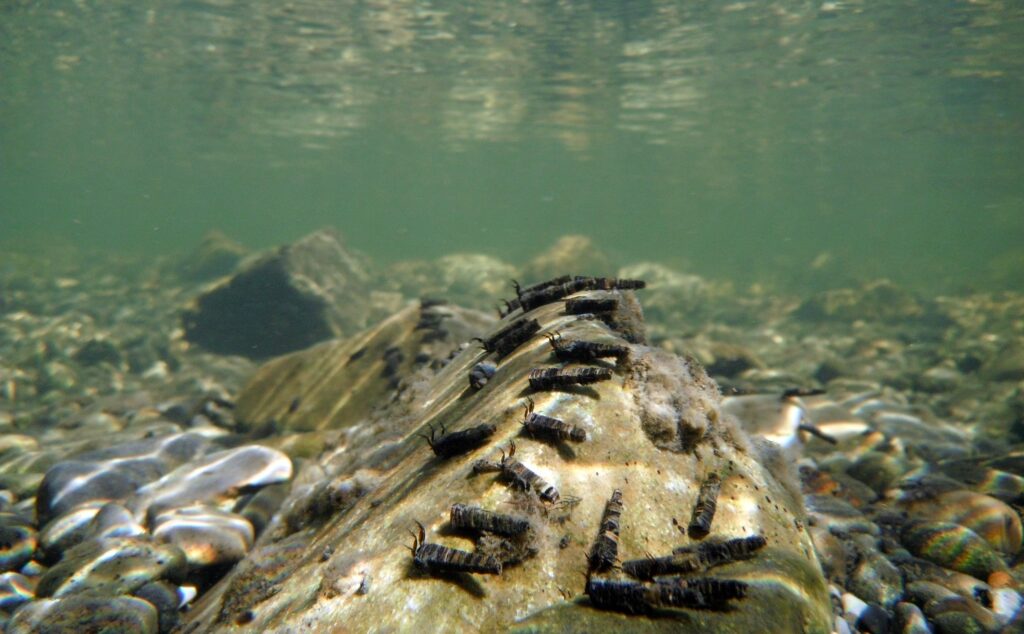
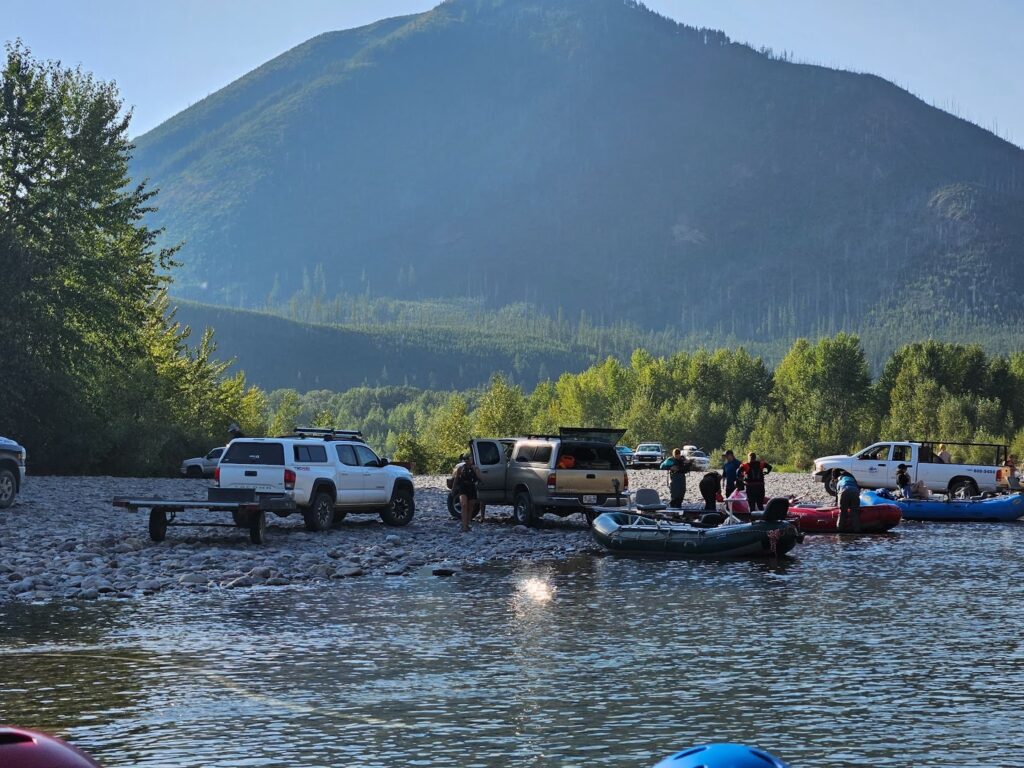
1 response to “A once-in-a-generation chance for the Flathead River”
You are speaking to the heart of a river keeper.
My gratitude goes to all river protectors.
We were working on getting children to take ownership of their streams
by putting tanks with salmon eggs into their second and third grade class rooms.
Water to replenish came from the same stream as the eggs and finally
the little swimmers were released into the correct water.
The children owned their rivers. We also din invasive plant projects and trash collection.
Finally we partnered with fishermen, boat owners and high school students as invasives monitors